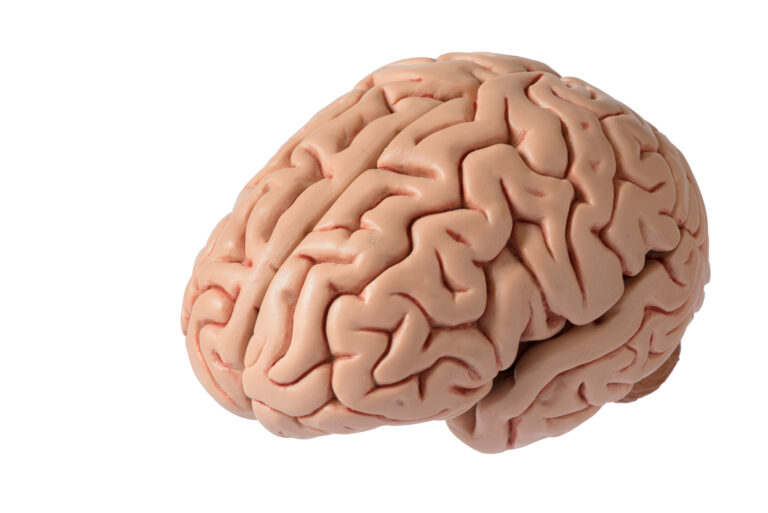The human brain is a complex and fascinating organ that has been the subject of study and research for centuries. Despite many advances in neuroscience, there are still many mysteries surrounding the brain, especially when it comes to its ability to adapt and compensate for damage or injury. However, recent breakthroughs in understanding the brain’s compensatory mechanisms have shed new light on this remarkable ability.
Compensatory mechanisms refer to the brain’s ability to compensate for any damage or dysfunction by recruiting alternative pathways or utilizing different parts of the brain to perform specific tasks. This can occur as a result of a traumatic brain injury, stroke, or degenerative brain diseases such as Alzheimer’s or Parkinson’s. In the past, it was believed that once a part of the brain was damaged, it would be permanently impaired. However, research has shown that the brain is much more adaptable and has the ability to change and rewire itself in response to damage.
One of the key breakthroughs in understanding compensatory mechanisms came from studies on animal models of brain injury. These studies showed that after a brain injury, there was an increase in neural activity in other areas of the brain. This suggested that the brain was able to reorganize and redistribute tasks to other areas, effectively bypassing the damaged area. This was a groundbreaking discovery as it challenged the long-held belief that the brain was a fixed and unchangeable organ.
Further research using advanced imaging techniques such as functional magnetic resonance imaging (fMRI) and positron emission tomography (PET) has provided even more evidence of the brain’s compensatory mechanisms. These imaging techniques allow researchers to visualize changes in neural activity and connectivity within the brain. For example, studies have shown that after a stroke, the unaffected side of the brain takes on more responsibility, showing increased activity and connectivity in motor control areas.
One particular area of interest in understanding compensatory mechanisms is in the field of neuroplasticity. Neuroplasticity refers to the brain’s ability to change and adapt in response to experiences, learning, and environmental factors. It was previously believed that neuroplasticity was limited to early childhood, but recent research has shown that the brain continues to exhibit plasticity throughout the lifespan. This means that the brain has the potential to rewire and reorganize itself in response to damage, leading to functional recovery.
Another important aspect of understanding the brain’s compensatory mechanisms is identifying the factors that influence its ability to adapt. Studies have shown that factors such as age, gender, and individual differences can play a role in the brain’s ability to compensate for damage. For example, younger brains tend to be more adaptable than older ones, and women have been found to have a higher level of functional recovery after a brain injury.
The breakthroughs in understanding compensatory mechanisms have also led to the development of new treatments and therapies for brain injuries. By understanding how the brain compensates for damage, researchers can develop targeted interventions to enhance this process and improve functional recovery. For example, neurorehabilitation programs that focus on stimulating specific areas of the brain through physical, occupational, and speech therapy have shown promising results in promoting neuroplasticity and improving outcomes.
Understanding the brain’s compensatory mechanisms also has implications in understanding and treating degenerative brain diseases such as Alzheimer’s and Parkinson’s. These diseases are characterized by the loss of neurons in specific areas of the brain, leading to cognitive and motor impairments. By understanding how the brain compensates for this loss of neurons, researchers may be able to develop therapies that promote neuroplasticity and slow down disease progression.
In conclusion, the breakthroughs in understanding the brain’s compensatory mechanisms have provided a deeper understanding of the brain’s remarkable ability to adapt and recover from damage. This knowledge has not only challenged long-held beliefs about the brain but also has significant implications for the development of treatments and therapies for brain injuries and degenerative diseases. Further research in this field will continue to shed light on the brain’s amazing ability to adapt and compensate, unlocking new possibilities for improving brain health and function.





